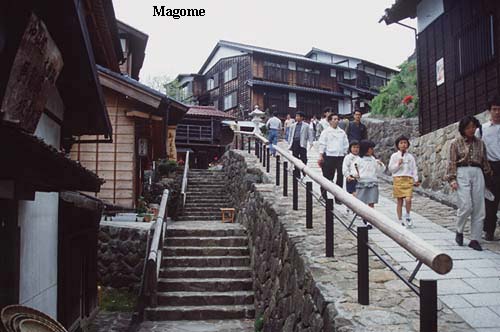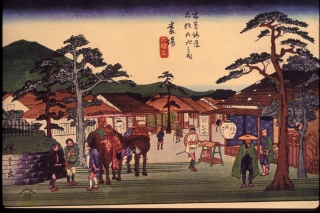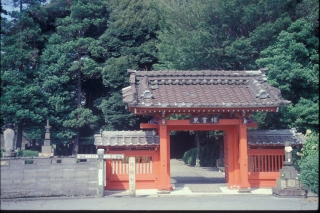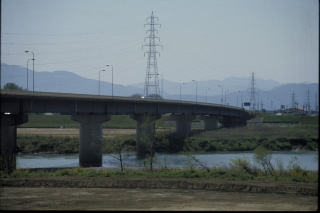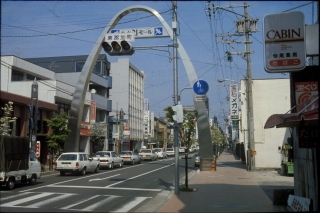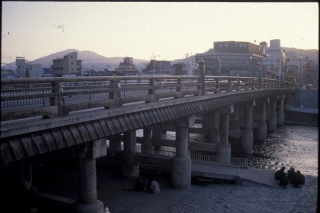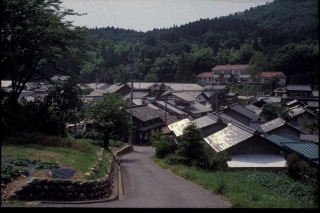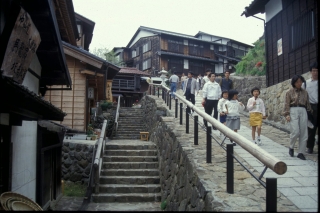Records show that many of the 67 post-towns on the Nakasendo were established long before the highway was officially laid out in 1602. Some had even been designated as post-towns on earlier roads. For his new system of highways, however, Tokugawa Ieyasu demanded that designated post-towns be established at frequent, regular intervals, and that each post-town should provide a basic minimum set of services to travelers. This required that many former towns and villages be completely rebuilt in order to meet these demands, while others were built for the first time. The result was that all the post-towns became remarkably similar in appearance, sharing a number of common characteristics.
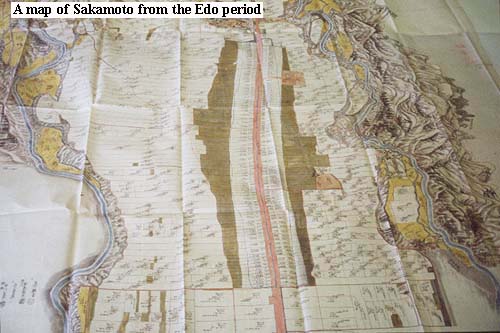
With only three major exceptions (Otsu, Gifu, and Takasaki – which were also important castle towns) the post-towns of the Nakasendo were arranged in linear form along either side of the highway. They were ‘one-street’ towns, with an average length of 600-700 yards. The majority of post-towns survive in this form today, especially where modern highways have by-passed the old towns. Very rarely, however, do the original buildings survive. Fire has been the chief agent of destruction, although earthquakes, wartime bombing, and even volcanic eruption have contributed to the mayhem. Major conflagrations have sometimes resulted in the burning down of almost entire towns (e.g. Magome in 1895). It was often suggested that the cause of these fires were travelers who, only spending one night at an inn, tended to pay little heed to fire precautions. Rebuilding after a fire was always carried out promptly and, since architectural styles changed little, towns quickly regained their former appearance.
